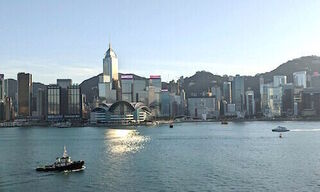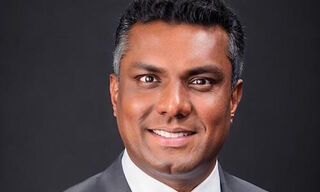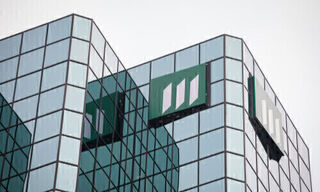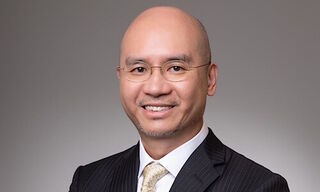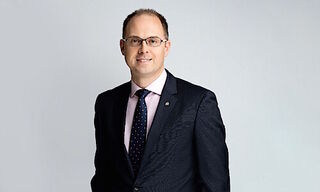Buoyant wealth management revenue improvements in all regions worldwide diverged with Asia Pacific’s somewhat more pedestrian pace.
UBS earlier today reported a strong set of second-quarter results that were significantly above expectations.
A regional breakdown of the Global Wealth Management business in UBS’s second-quarter report showed Asia Pacific benefiting from higher recurring fees and transaction-based income, but not necessarily to the same extent as other regions.
The region’s operating income rose 8 percent to $711 million in the second quarter from a year earlier, while it was up 13 percent in Europe, the Middle East and Africa (EMEA), 19 percent in Switzerland and 30 percent in the Americas.
Significant Profit Increases
All regions recorded significant improvements in pre-tax profit, led by the Americas, where it more than doubled to $505 million. In Switzerland, pre-tax profit was up 36 percent at $204 million, followed by Asia Pacific’s 21 percent improvement ($283 million). EMEA trailed the others, recording a 15 percent improvement ($308 million).
Net New Fee-Generating Assets
In Asia Pacific, net new fee-generating assets inflows were $3.8 billion, lower than the $4.9 billion recorded in EMEA and $13.5 billion in the Americas, but higher than the $2.8 billion reported in Switzerland.
Total fee-generating assets rose 6 percent to $119 billion in Asia Pacific from the first quarter of 2021. In EMEA they were also up 6 percent at $329 billion. In the Americas, they increased 7 percent to $845 billion while in Switzerland they rose the most, gaining 10 percent to $123 billion.
Improving Costs
When it came to costs, the Swiss business again put in the best performance by a significant margin, with the ratio falling to 57.5 percent from 61 percent.
The largest improvement, however, was reported by the Americas, where it fell to 80.9 percent from 86.5 percent a year earlier. In Asia Pacific, the cost-income ratio declined appreciably to 60.2 percent from 64.6 percent while in Europe, the improvement was far more modest, with the ratio falling to 68.5 percent from 68.7 percent.





















